Contractor Profit Sharing by Years of Experience
The longer you work, the greater the proceeds. But see by how much.
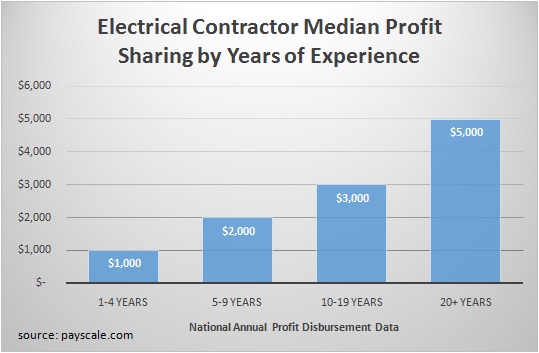
The longer you work, the greater the proceeds. But see by how much.
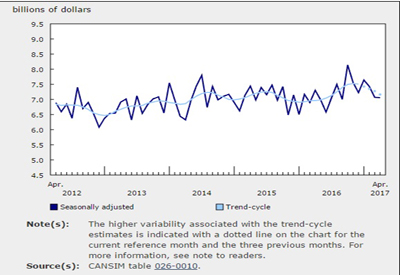
Canadian municipalities issued $7.1 billion worth of building permits in April, down 0.2% from March. Lower construction intentions for single-family dwellings were mainly responsible for the national decrease.
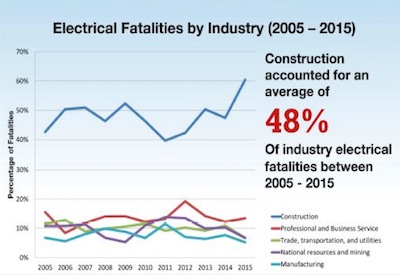
The annual incidence of workplace electrical fatalities continues to decline, while nonfatal electrical injuries sharply increased in 2015, states a new report compiled and released by the Electrical Safety Foundation International (ESFI).

We all know the value of good employees. The ones who are self-motivated, loyal to the company, and are team players willing to support others to make the organization the best it can be.

In the previous issue of Electrical Industry Newsweek, we provided highlights from Electro-Federation Canada’s recently released research report, Power Shifts…

In both years, self-employed contracters have the edge over five other categories. At the bottom: franchises.
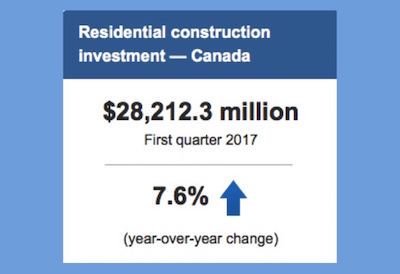
Investment in residential construction totalled $28.2 billion in the first quarter, up 7.6% from the same quarter of 2016.

The shift from electrical to digital systems, and the emerging low-voltage power options to supply them, may be the biggest change the electrical industry has seen in the last 100 years.

As a mainstay in architectural and emergency vehicle lighting, colour LEDs bring about intrinsic advantages such as durability and reliability, in addition to the possibility of delivering controlled “colour light performances.”
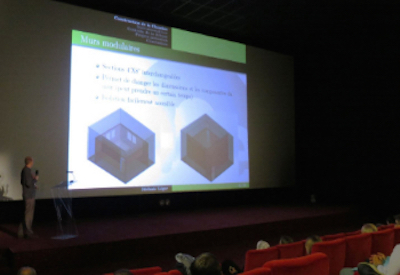
Two researchers at the Convectair Center for Expertise and Training presented their plans for the development of the company’s Klimat -37.5° C bi-climatic chamber as well as the results of their research on thermal comfort and the efficiency of various electric heaters.
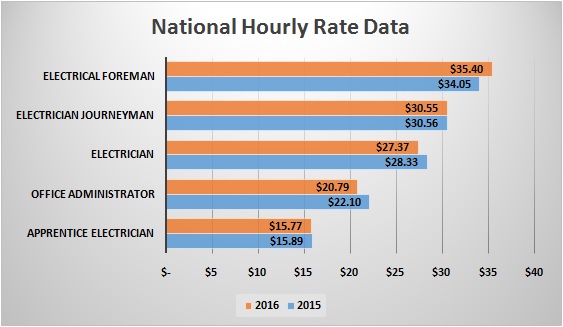
National Hourly Rate Data reveals minor changes from 2015 to 2016

Houle Electric has a unique and interesting history that reveals the company’s rise from humble beginnings to one of the most prominent electrical contractors in British Colombia.
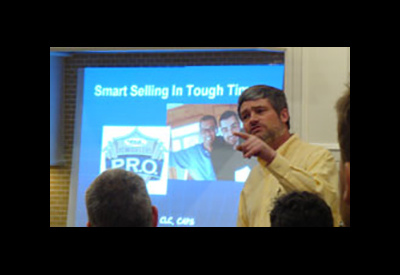
Contractors tend to have a practical approach to their work, and in a competitive market with many moving pieces and complicated projects, investing in the latest technology can help good contractors do their work better.
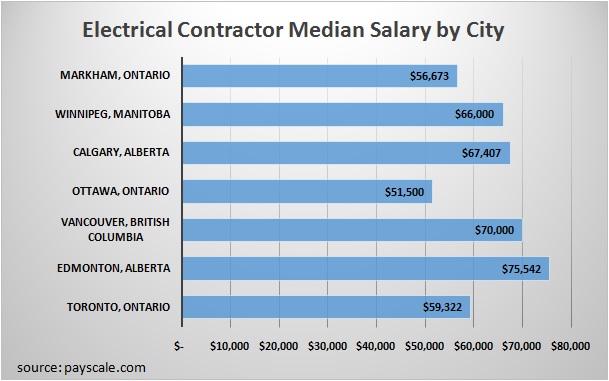
Among seven cities across Canada, Edmonton leads and Ottawa trails. See the gap between highest and lowest salaries, and more.

New housing construction investment totalled $4.2 billion in March, up 9.0% compared with March 2016. This gain was mainly the result of a $252.6 million increase in investments in Ontario.

It’s early morning, 2067. You tap your phone to silence the buzzing alarm, which activates your home’s automated “wake up” setting. A soft glow fills your room as a network of LEDs reaches just the right level of brightness.
This project is funded [in part] by the Government of Canada.
Ce projet est financé [en partie] par le gouvernement du Canada.
